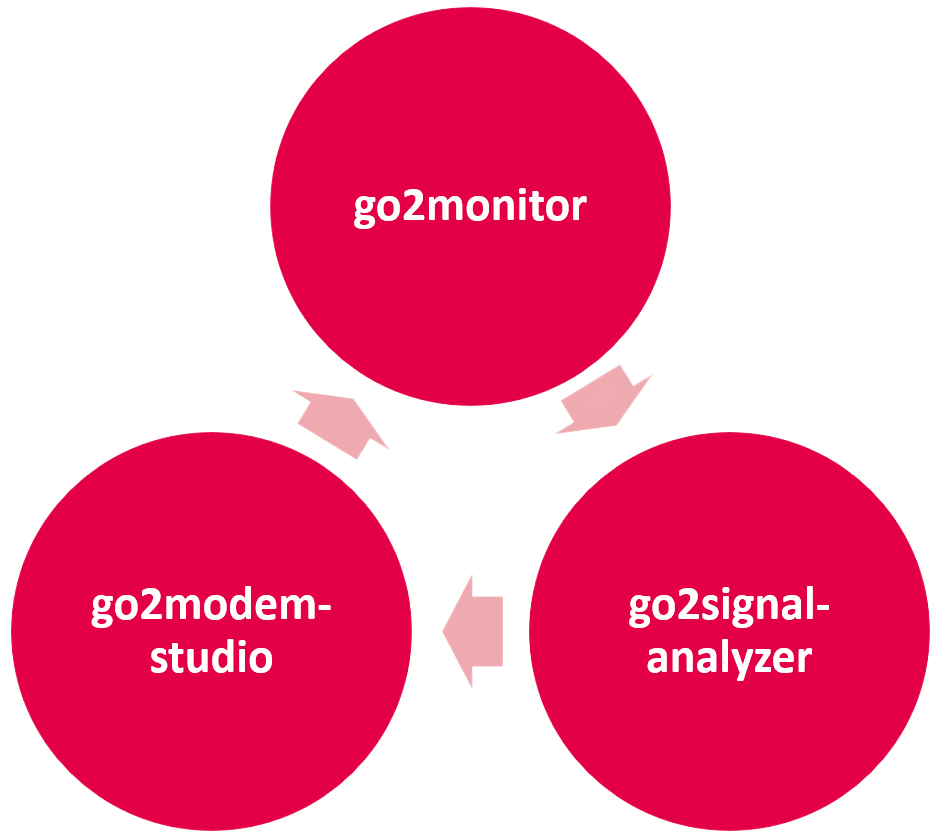
When decoding signals with go2monitor or another application, you often face the following challenges:
- Unknown signals are being received
- Signals that could be decoded in the past are now causing problems.
- You receive information about new signals and want to see if they are active.
- ......
- In most cases, you must first analyze the modulation(s), as this is the only way to obtain a bit stream..
- In a second step, you write a detector and begin programming a decoder
- The decoder or detector can then be applied to go2monitor
- Over time, more and more signals become available, and you can improve your decoder.




